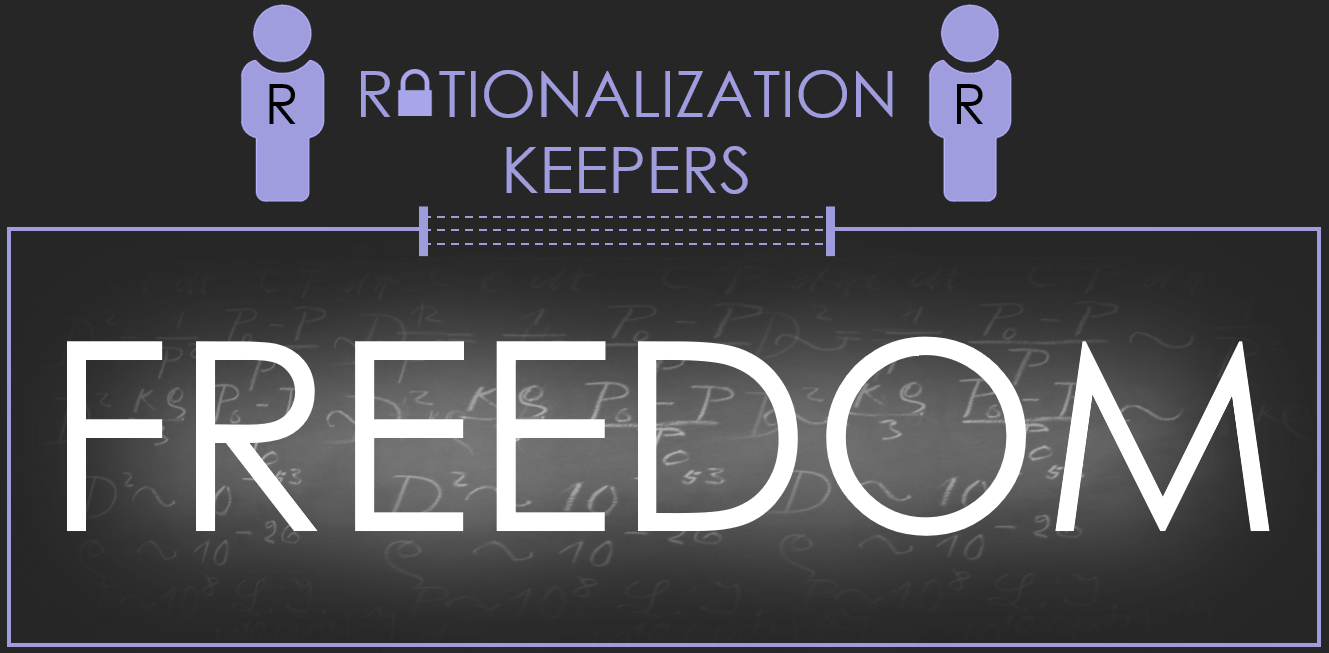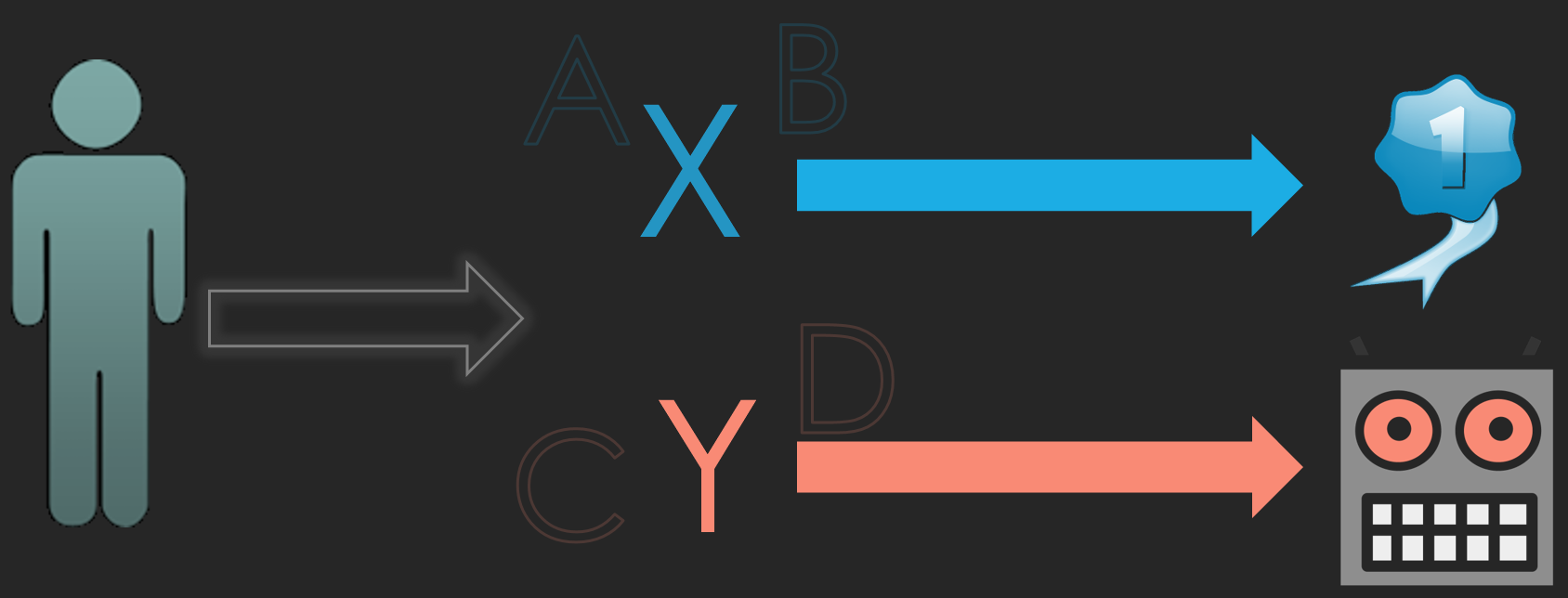 Kate wanted a relationship for a long time – and finally, she’d met Aaron and they’ve started dating. They went on a couple of dates and had a great time together. Aaron had recently graduated from university, so he wanted to take a few months off before applying for a steady job. This change also gave him the opportunity to shake off some of his romantic dust and find new ways for Kate and him to spend time together. At first, Kate was delighted with Aaron’s sense of romance and creativity, but as time went by, she barely found time for herself anymore. Kate didn’t want to hurt Aaron so she “played along”, and only a few weeks later, Kate finally decided to bring up the subject. Aaron took Kate’s concerns very seriously and tried to give her some space, but for Kate – the ship has already sailed. Whenever they were together and Aaron suggested a theoretical idea for them to spend time together, Kate just freaked out about it. Eventually, Kate couldn’t bear it anymore and decided to end the relationship. Speaking of relationships, Kate reached the following conclusion: “being in a relationship means → not having time to myself”… So, after she gave relationships (yet) another break, Kate met this great guy at work that had shown signs of interest in her. However, after giving it some thought, Kate decided that it would be better to keep her free time to herself.
Kate wanted a relationship for a long time – and finally, she’d met Aaron and they’ve started dating. They went on a couple of dates and had a great time together. Aaron had recently graduated from university, so he wanted to take a few months off before applying for a steady job. This change also gave him the opportunity to shake off some of his romantic dust and find new ways for Kate and him to spend time together. At first, Kate was delighted with Aaron’s sense of romance and creativity, but as time went by, she barely found time for herself anymore. Kate didn’t want to hurt Aaron so she “played along”, and only a few weeks later, Kate finally decided to bring up the subject. Aaron took Kate’s concerns very seriously and tried to give her some space, but for Kate – the ship has already sailed. Whenever they were together and Aaron suggested a theoretical idea for them to spend time together, Kate just freaked out about it. Eventually, Kate couldn’t bear it anymore and decided to end the relationship. Speaking of relationships, Kate reached the following conclusion: “being in a relationship means → not having time to myself”… So, after she gave relationships (yet) another break, Kate met this great guy at work that had shown signs of interest in her. However, after giving it some thought, Kate decided that it would be better to keep her free time to herself.
Ted is a very caring father, and he wants what’s best for his children. He doesn’t want them to make the mistakes he did, so he tries to push them to be a better version of themselves by pointing out to them how to make better choices in their lives. However, more often than not, Ted feels that his children get angry whenever he tries to guide them to the path of their happiness. Recently, one of Ted’s children, Mike had been offered a promotion that involves moving abroad for several years. Ted saw it as a risky adventure and asked Mike to think again about the implications of such a change on Mike’s career. This situation dragged them into (yet) another huge argument that led Ted to reach the following conclusion: “whenever I try to encourage my children to do something → they would argue me back”. At future situations, Ted decided not to share his concerns with his children in order to keep their relationship “harmonious” (a decision that led Ted to strong discordant feelings…)
It seems that at some point, both Kate and Ted started following something. This “something” has the structure of an equation. Unlike the equations we’ve seen in part 1, these equations were not adapted from others. Instead, they were self created in a way that associate behavior with emotional experience, and because of that – we’ll name them “Associative Equations”. These equations are in the form: “When I did something, it made me happy (or hurt) → therefore if I’ll do it again, it will make me happy (or hurt) again”. In other words, emotional history tends to repeat itself. Although these equations seem to make sense, they have a deep underlying problem – the “missing factors” problem.
When we create an associative equation, we usually do so with the perspective we had at the time of our experience. At that moment, whether our emotional graph is at its peak (or at its dip), we draw a line between our emotional state and the actions that were apparent to us at that time (note that I rarely use both bold and italic on a word, but this time it’s worth it…) Moreover, we tend to create these equations at intense emotional moments, which leaves us very little resources to “tap in” and fully grasp what had just happened. With such limited resources, we tend to overlook critical factors that could have led us to see the same reality entirely different. Another side effect of associative equations is that the more intensified is the experience in our life, the more we “fuse” that equation into our emotional system. The stronger the fusion is, the harder it is to change the equation, even if we’ve managed to expand our perspective and interpret our experiences differently.
Let’s go back to Kate and Ted. When they created their associative equations it may sound reasonable to them at the time, but in retrospect, if we’ll dig a little bit deeper, things are not as they seemed…
Kate, seeking both relationship and personal space, missed out an important factor. The factor was that in relationships, whenever something had bothered her, she preferred to keep it to herself because she has a weakness for confrontations. Kate would prefer to suffer inside for a long time before admitting her feelings to someone else. This behavior led Kate to open up to Aaron too late, and although breaking up with him allowed her to restore her freedom, it merely replaced her “I don’t have time for myself” frustration with the “I’m not in a relationship” frustration.
Ted, the caring father also overlooked a critical factor when he created his own equation. The factor was that whenever he tried to suggest his children how to handle something, he was so caught up with the thought of them making a mistake that he wasn’t actually suggesting them what to do – he was telling them what to do. He was doing so in such a way that every other idea or thought (including their own) seemed risky and dangerous. His children’s negative response, was merely a reflection of their frustration from him, as he had taken away their ability to feel secure with their decisions.
Hopefully, In part 3 things will start to come together…

